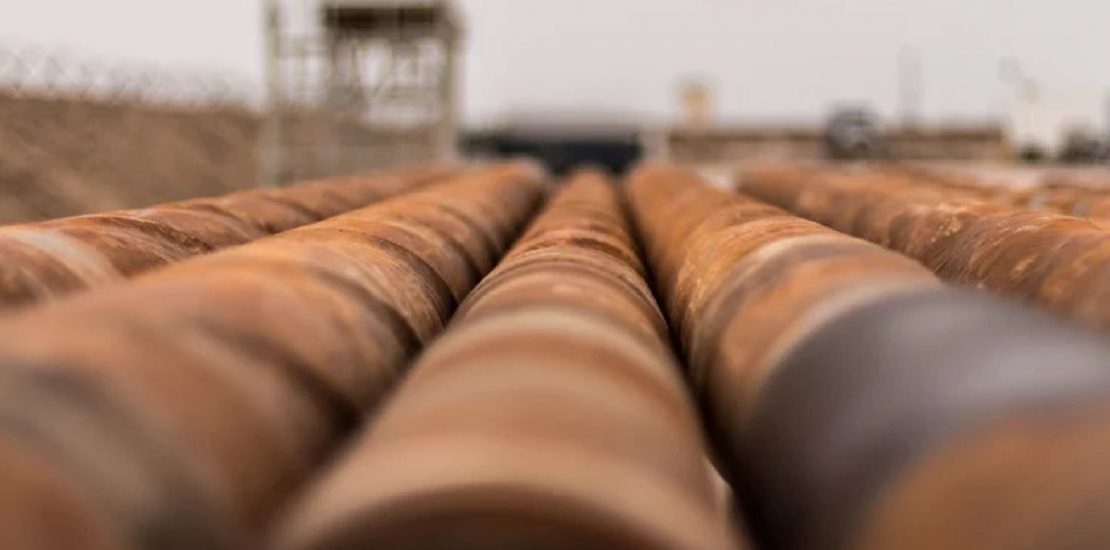Enhancing Corrosion Management Plans with An Efficient Gap Analysis
- August 17, 2023
- Posted by: Velosi Author
- Categories: HSE, Insights

Introduction
We have all heard of the term “Corrosion” and its adverse effects on assets. Corrosion is a natural process that can cause significant damage to assets over time. In critical industries such as oil and gas, power, and chemical, corrosion can lead to over-cost repairs, downtime, and safety incidents.
Shedding some light on Corrosion Management Plan (CMP), it is a critical tool for preventing and mitigating corrosion damage. A well-designed CMP will keenly identify the potential for corrosion in assets, assess the risks, and develop and implement control measures. Moreover, one of the most important steps in developing a CMP is to conduct a gap analysis. A gap analysis compares the current state of corrosion management to the desired state which further assists to identify any gaps in the current CMP, which can then be addressed to enhance the overall corrosion management plan.
There are several different ways to conduct a gap analysis, and one of them is to create a checklist. The checklist can be tailored to the specific assets and operations of the organization and can include the following:
- Identification of assets susceptible to corrosion
- Assessment of risks associated with corrosion
- Implementation of measures to control corrosion
- Monitoring and evaluation of the effectiveness of corrosion control measures
Once the gap analysis has been completed, the results can be used to develop and implement a corrective action plan. The corrective action plan shall address the gaps in the current CMP and improve the overall corrosion management plan.
Importance of Gap Analysis in Corrosion Management
Gap Analysis is a systematic yet essential process that evaluates by identifying and addressing gaps in the current CMP, organizations can improve their ability to prevent and mitigate corrosion damage. Within the framework of a Corrosion Management Plan (CMP), Gap Analysis helps identify any weaknesses, inefficiencies, or vulnerabilities that may exist.
Benefits of conducting a gap analysis as part of a corrosion management plan:
- Identify and prioritize corrosion risks.
- Ensure the corrosion management plan is effective and up-to-date.
- Identify and analyze opportunities for improvement.
- Demonstrate compliance with regulations.
- Eliminate the risk of corrosion-related incidents.
Five significant steps for conducting a gap analysis:
- Identification: This includes understanding the assets that are susceptible to corrosion, the risks associated with corrosion, and the current corrosion control measures in place.
- Corrosion Management: This includes setting goals for corrosion prevention and mitigation and identifying the best practices for corrosion management.
- Comparison: This will identify any gaps in the current corrosion management program.
- Corrective Action Plan: The corrective action plan should include specific steps that will be taken to improve the corrosion management program.
- Implementation and Monitoring: The corrective action plan should be reviewed on a regular basis to ensure that it is still effective.
Gap analysis is a valuable tool for improving corrosion management programs. By conducting a gap analysis, organizations can identify and address gaps in their current corrosion management programs, and improve their ability to prevent and mitigate corrosion damage.
Implementation of Gap Analysis in CMP:
Data Collection: This involves gathering data related to asset condition, maintenance practices, inspection history, corrosion rates, and relevant industry standards.
Setting Benchmark: By comparing current corrosion management practices against established benchmarks, organizations gain insights into the gaps that need attention.
Gap Identification: With data and benchmarks in hand, gaps in the corrosion management plan are efficiently identified. These gaps encompass various aspects, such as inadequate inspection frequency, outdated corrosion control methods, insufficient training, or lack of integration between departments.
Prioritization-Based Analysis: Not all gaps are created equal. Prioritization involves ranking gaps based on their potential impact, likelihood of occurrence, and available resources.
Action Plan: Developing a comprehensive action plan is important. The plan will outline specific steps to address identified gaps and may set forth inspection technologies, enhance training programs, implement advanced corrosion control techniques, or intensify communication between departments.
Implementation and Monitoring: Regular assessments ensure that the gaps identified are being addressed effectively and that the overall corrosion management strategy is going the right way.
Conclusion
In the ongoing effort to mitigate the widespread threat of corrosion, Gap Analysis serves as a valuable tool. By systematically identifying, prioritizing, and addressing gaps within a Corrosion Management Plan, industries can strengthen their assets, increase their lifespans, and improve their operational efficiency. Gap Analysis goes beyond simple analysis; it acts as a transformative agent that drives corrosion management from a reactive to a proactive approach, from uncertain to strategic, and from vulnerable to fortified. Incorporating Gap Analysis into a CMP is not merely an option but an essential step toward protecting the future of industries and the longevity of their valuable assets.
Please contact us for more information and assistance.


